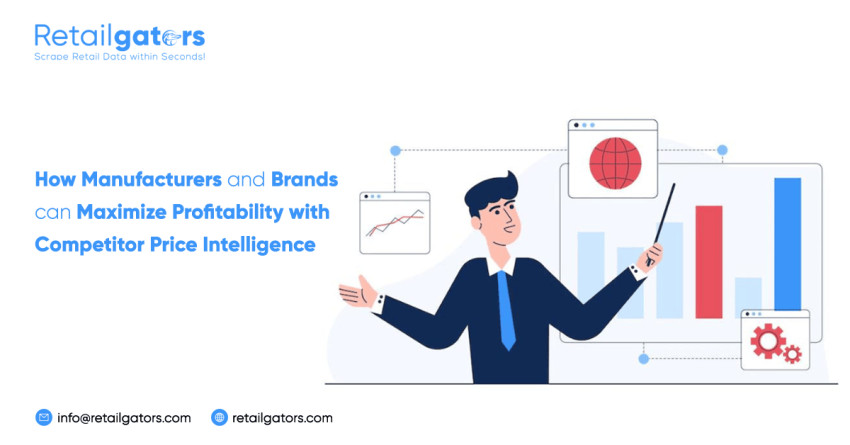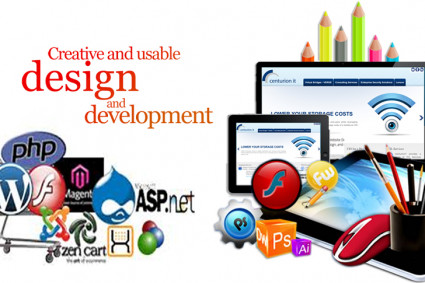
Manufacturers and brands are often at the mercy of price fluctuations on raw materials, global demand pressures, and shifting exchange rates.
Our Pricing Intelligence solutions are specially designed to offer timely, precise, and actionable perceptions of product pricing for all the opponents.
We incorporate effortlessly with an internal price system through APIs as well as analyze the past competitive pricing trends.
Manufacturers and brands are often at the mercy of price fluctuations on raw materials, global demand pressures, and shifting exchange rates. It's easy to feel powerless.
But there is a way out: practical competitor price intelligence (CPI), which can help manufacturers and brands understand the moves of their competitors, anticipate competitor pricing before it happens, identify emerging trends in CPI data that warrant proactive attention, embed CPI insights into day-to-day decision making by empowering your workforce with the information they need to compete more effectively on pricing—all with minimal investment.
What Is Competitor Price Intelligence?
Competitor pricing intelligence is the ability to track competitor prices through various marketplace channels to gain competitive insights, anticipate competitor actions, and manage costs and margins. Most businesses need this ability.
Learn how to stay ahead and increase profits by leveraging competitor price intelligence. Discover effective strategies for manufacturers and brands to optimize pricing strategies and improve their bottom line.
Why You Should Use Competitor Price Intelligence
1. Price fluctuation
On any given day, your competitors do what they can to increase their profits. In the U.S., this means adjusting prices for raw materials and parts; in many global markets, it means changing prices for your product or service to meet local demand pressures.
2. Cost of production
Running a business is expensive. To compete effectively, you need to understand how much of your cost is variable, what it is, and where it's going.
3. Product line expansion
For some manufacturers, competing on price is the first step in expanding their product line. They first analyze non-price metrics—such as increasing demand or tightening supply—to determine whether a new product offering makes sense.
4. Finding strategic partners
Strategic partnerships are widely understood to be valuable to brands and manufacturers—but most companies underestimate the impact these partnerships can have on pricing.
Conclusion
Competitor pricing data is a very effective tool to help you make data-driven decisions in your business—data that may otherwise be unavailable to you. It's up to as much as 90% cheaper than other competitive intelligence tools that still require substantial investment and IT resources to implement.
And it can significantly improve the value proposition for customers, enhance the efficiency of your supply chain and make your business profitable—all of which are invaluable assets for future growth. Access to real-time competitor pricing data can help ensure many areas of your business stay on top of their game—from supply chain management, inventory management, and product development to driving innovation and developing new products.




